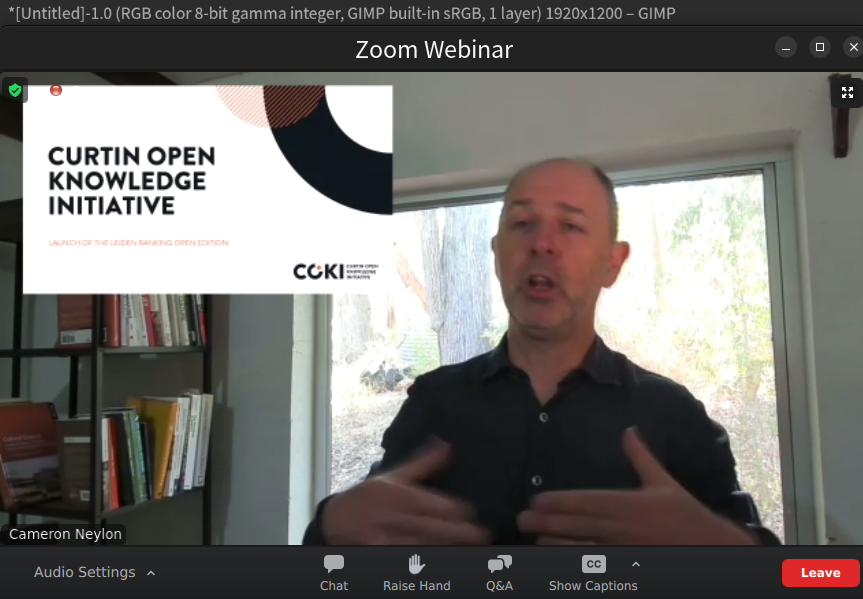Dr Neil Raven, a UK educational consultant has provided a
useful analysis on the effect of the COVID-19 pandemic on the educational ambitions of young people from disadvantaged backgrounds (Raven, 2023). They talked to 14 teaching professionals from schools and colleges in the English disadvantaged areas. Raven concluded that the participation gap for higher education widened due to the pandemic. However, I suggest a problem with the analysis is that it focuses on how to get more students to attend existing forms of higher education not designed form them, not what is best for the students.
Universities were unable to send staff to schools during the pandemic to recruit students. What Raven doesn't point out is that universities could, and should, have had alternative ways to interact with students. Just as universities could have had an online teaching option available before the pandemic, but most chose not to, they could have provided ways to reach out to school students online. That lack of care for students, I suggest, could be a useful indicator for future students. Those institutions having inflexible practices, may not be the best for students from disadvantaged backgrounds. These students will be more likely to need part time jobs, and have family care duties to attend to, so need flexible ways of learning. They therefore should choose a university, or VET institution, which provides flexibility, and does not require in-person attendance.
Raven also mentioned students’ concerns about moving away from home to study were made worse by the pandemic. This is a reasonable and rational concern of students. Rather than dismissing it, as an inconvenience for universities which have a campus based business model, I suggest it can be addressed by bringing the institution to the student. In addition Raven mentions the cost of higher education being a greater concern due to the pandemic making jobs less secure. Here again, the solution should not be trying to convince students that the cost is not a problem, but lower the debt burden on students, through lower fees, and options for part time work, with nested qualifications.
Ironically Raven's research is published by the UK Open University, but the paper doesn't discuss the option of studnts from disadvantaged backgrounds studying at such institutions, which were specifically designed to overcome such disadvantage.
References
Raven, N. (2023). The impact of the pandemic on widening participation students: the teaching professionals’ perspective. Widening Participation and Lifelong Learning, 25(1), 99-124. DOI https://doi.org/10.5456/WPLL.25.1.99


